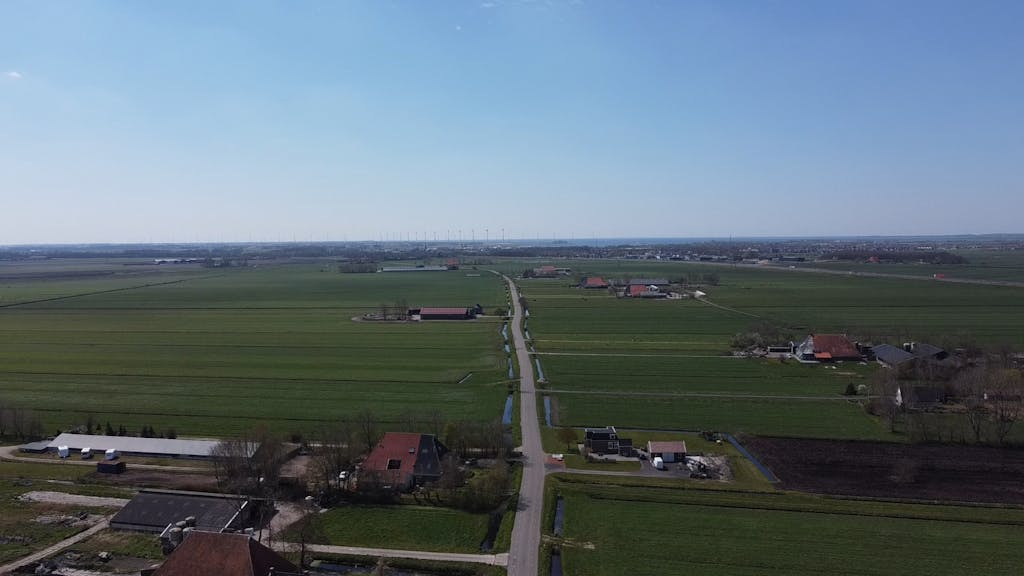Leading cryptocurrency exchange Bitget has unveiled BGUSD, an innovative yield-bearing stablecoin that promises to reshape the digital asset landscape with its 4% annual yield backed by real-world assets (RWAs). This strategic launch, announced on May 27, 2025, marks a significant evolution in the stablecoin sector, combining stability with passive income generation.
Key Features of Bitget’s BGUSD
- 1:1 USDC redemption ratio
- 4% annual yield generation
- Backed by U.S. Treasuries and money market funds
- Real-world asset (RWA) tokenization support
This launch follows Circle’s recent IPO filing and $6.7B NYSE valuation, highlighting growing institutional interest in stablecoin infrastructure.
Understanding BGUSD’s Yield Generation
BGUSD’s innovative yield mechanism leverages tokenized real-world assets, primarily U.S. Treasuries and money market funds, to generate sustainable returns for holders. This approach differs from traditional stablecoins by providing passive income while maintaining the stability expected from dollar-pegged assets.
Market Impact and Analysis
The introduction of BGUSD represents a significant development in the stablecoin ecosystem, potentially influencing both traditional finance and crypto markets. With its RWA backing and yield generation capabilities, BGUSD addresses key concerns about stablecoin stability while offering competitive returns.
FAQ Section
How is BGUSD different from other stablecoins?
BGUSD combines traditional stablecoin stability with yield generation through RWA backing, offering a 4% annual return while maintaining a 1:1 USDC redemption ratio.
What backs BGUSD?
BGUSD is backed by a portfolio of real-world assets, including U.S. Treasuries and money market funds, providing both stability and yield generation capability.
How can users access BGUSD?
BGUSD is available for purchase and trading on the Bitget exchange platform, with direct USDC conversion capabilities.
Looking Ahead
As the stablecoin market continues to evolve, BGUSD’s launch represents a significant step toward bridging traditional finance with digital assets. The success of this initiative could pave the way for similar yield-bearing stablecoin products across the cryptocurrency ecosystem.


